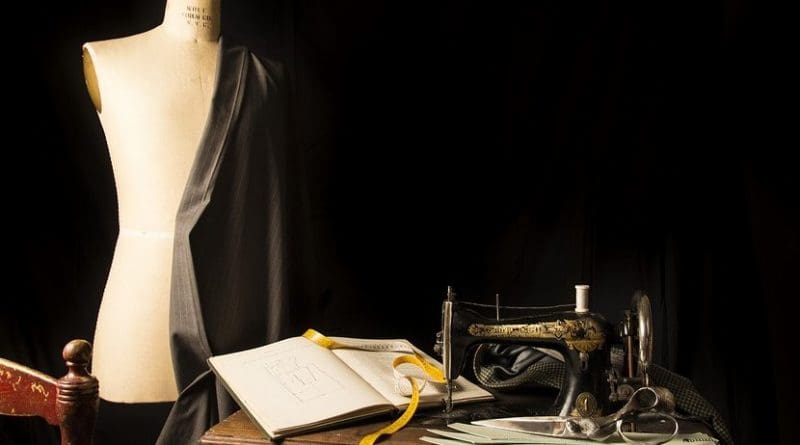New Methods To Find Clothes That Fit
Have you ever entered a fitting room and discovered that the clothes did not fit well at all? A new doctoral thesis at the Swedish School of Textiles at the University of Borås shows that there are tools for both the product developer and the consumer that can help in the process of finding the right size.
To find a garment that suits, you may need to try several different models and sizes before you feel reasonably satisfied. Many customers shop online. To get around the problem, it has become more common to order more garments than the customer intends to buy and then send back those that do not fit–which in turn is an environmental problem.
Niina Hernández defended her thesis in textile materials technology with the thesis “Does it really fit?: improve, find and evaluate garment fit” in autumn 2018. In her doctoral thesis, she tried to find new methods for finding clothes that fit.
“In my thesis, I have demonstrated the complexity of evaluating the fit of garments. I have come to the conclusion that it is possible, with various tools, to help the manufacturers offer garments that match the target group,” she says.
Dimensioning for unique body shapes
Behind the results are three studies that address the problem in different ways and at different levels in the chain from the manufacture of a garment to the consumer.
“For the product developer, it is good to base the development of good fit on numerical figures at an early stage of the process. Then, an early rough adaptation can be made to match the garments’ measurements to the target group’s measurements,” she says.
But there are people with more unique body shapes who cannot find a good fit in the standard range.
“For these people, custom clothing can be an alternative. The starting point is regular garments in which the production bases are programmed so that individual adaptations can be made to the patterns that then enter a production flow and are then delivered to the consumer.”
3D scanning and avatars–part of the solution
Finding the right size at a distance, without being able to try on the garments, can cause problems. The usual way to choose the size is to follow a measurement table that indirectly recommends the size you should buy, based on your body measurements.
Niina Hernández also tried another method in which the customer was scanned in a 3D body scanner and in this way she produced an avatar.
“Then we could visualise different sizes with the avatar and let the customer choose what size they thought would fit. Then the customer tested physical garments of the same sizes and then I analysed how well these choices and their fit evaluations matched. It was more correct than just going by the measurements,” concludes Niina Hernández.

